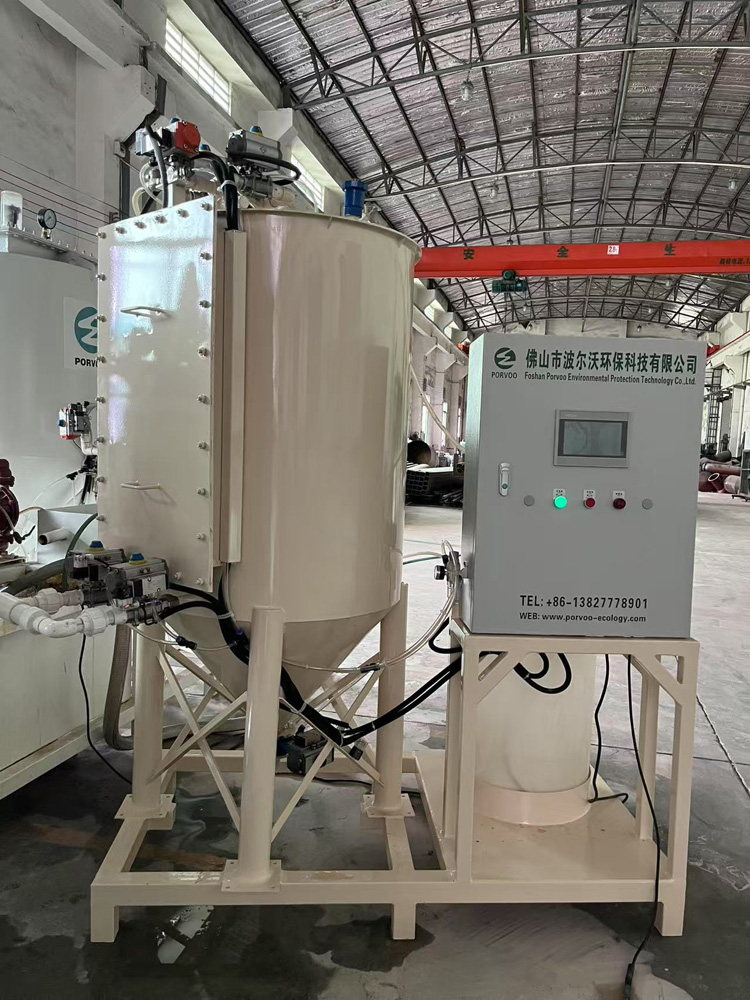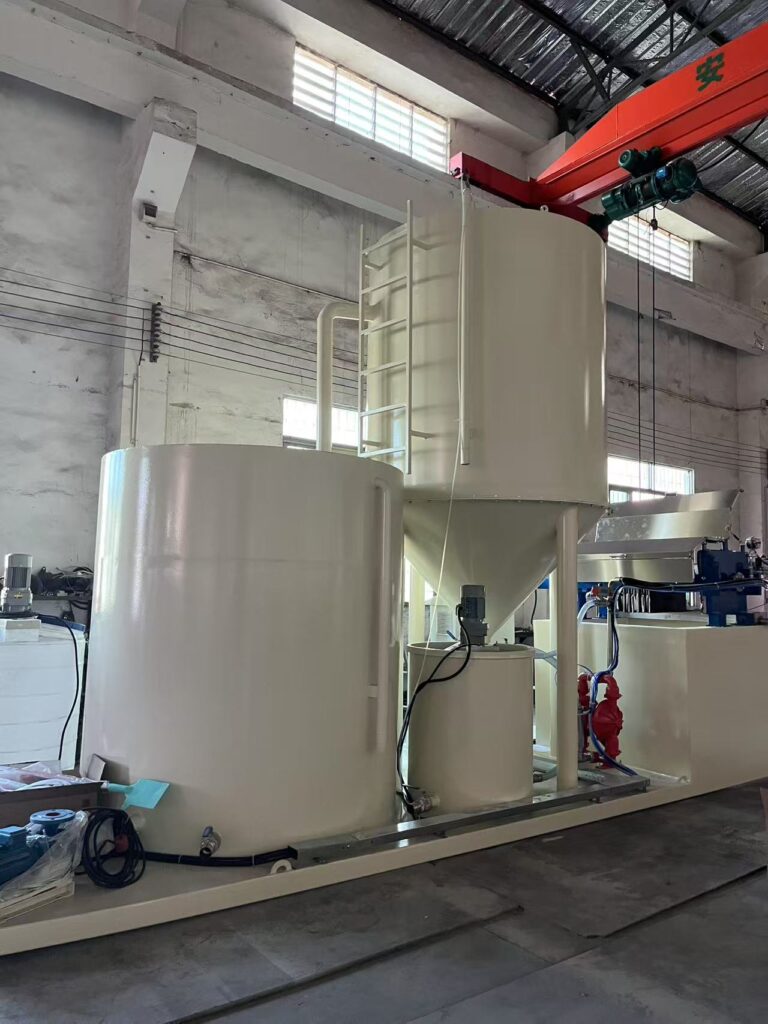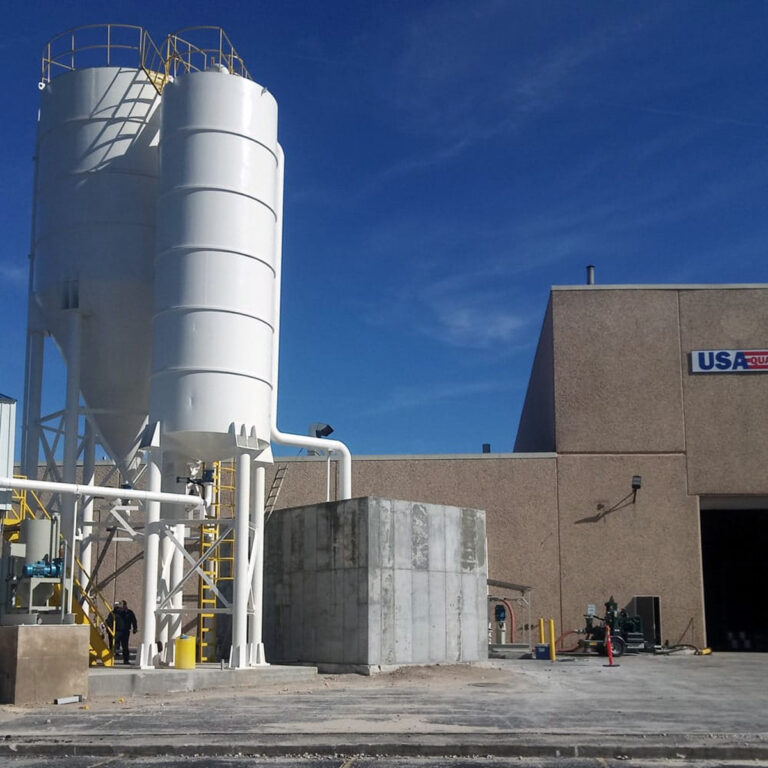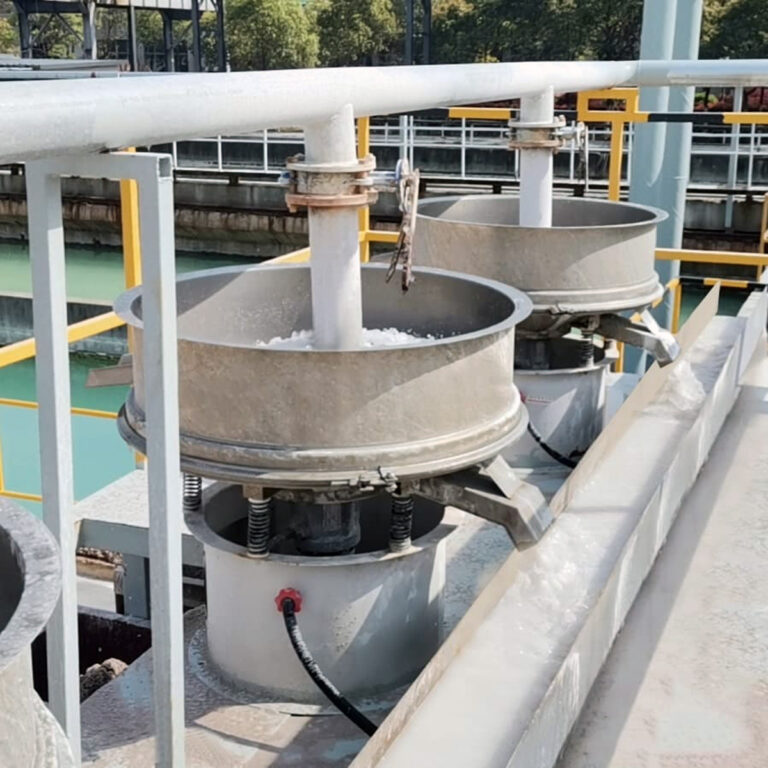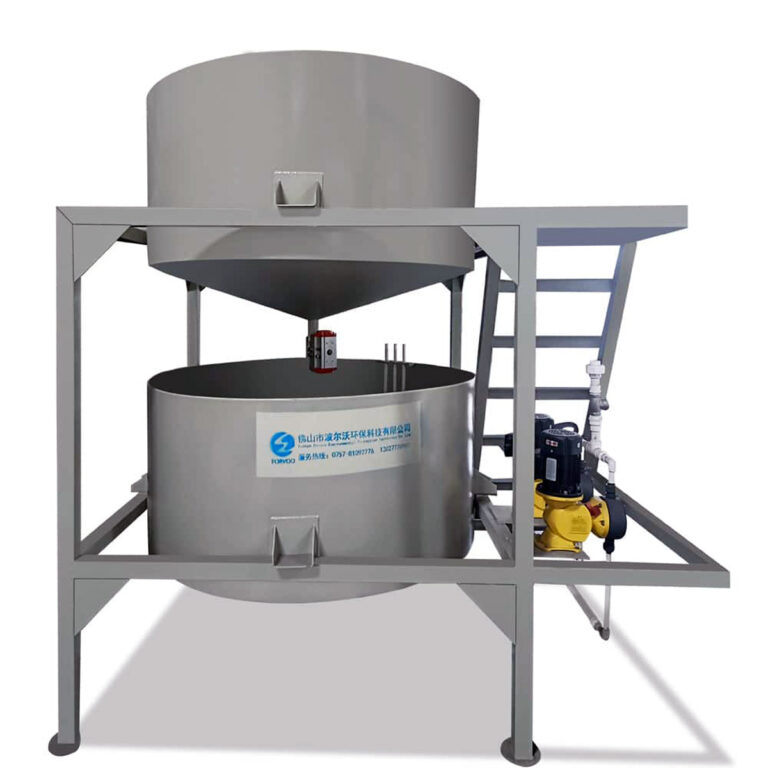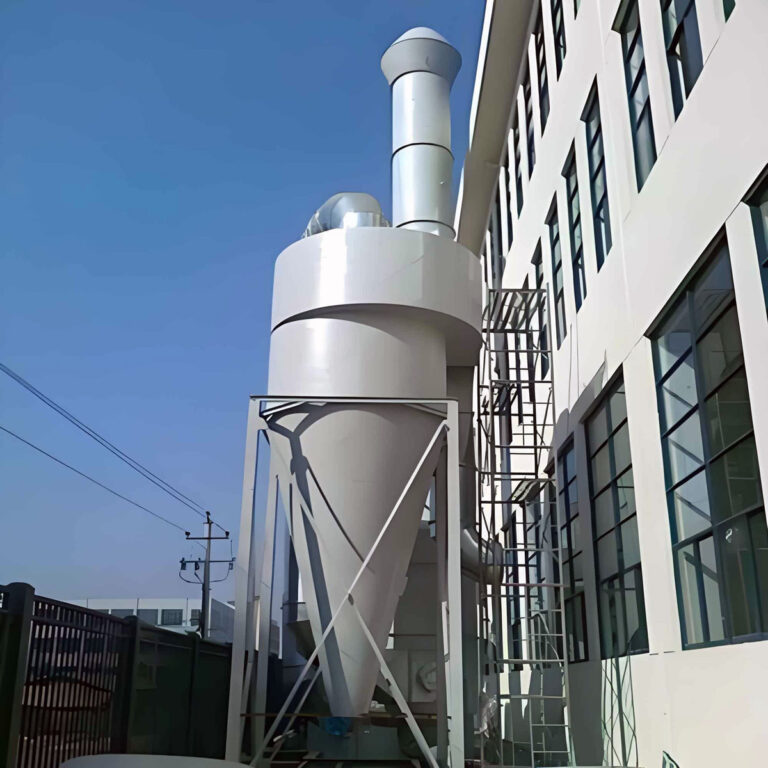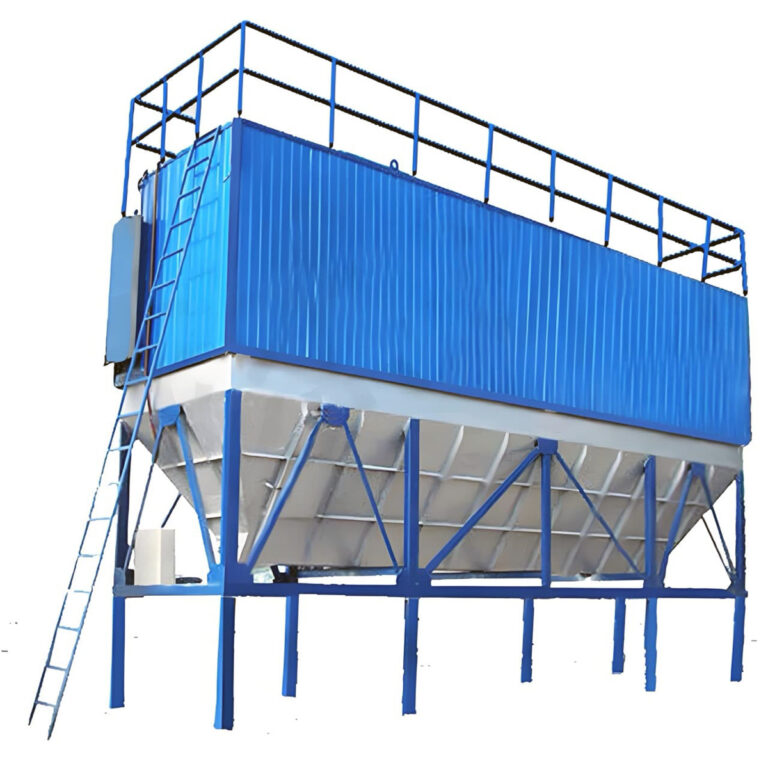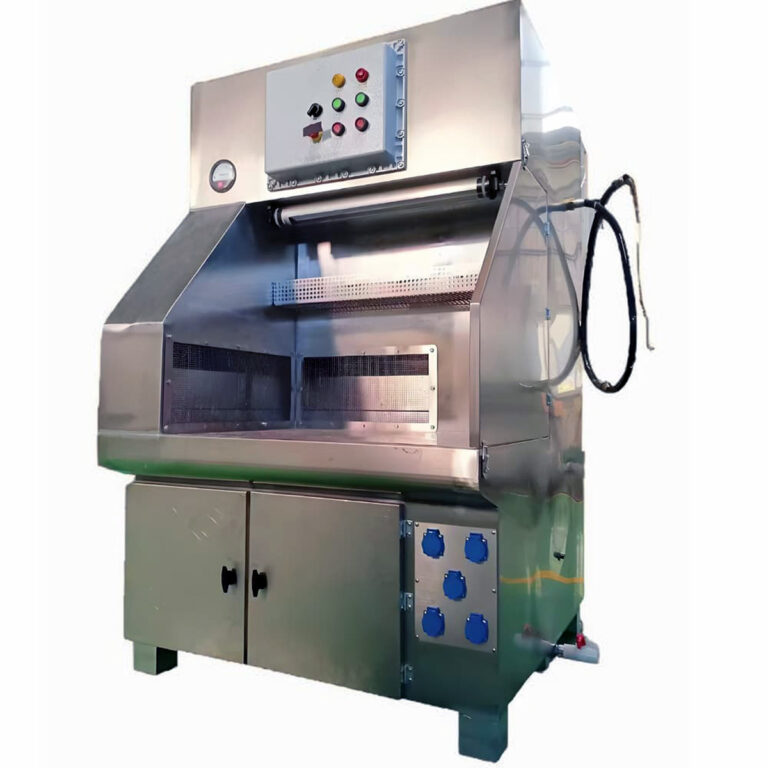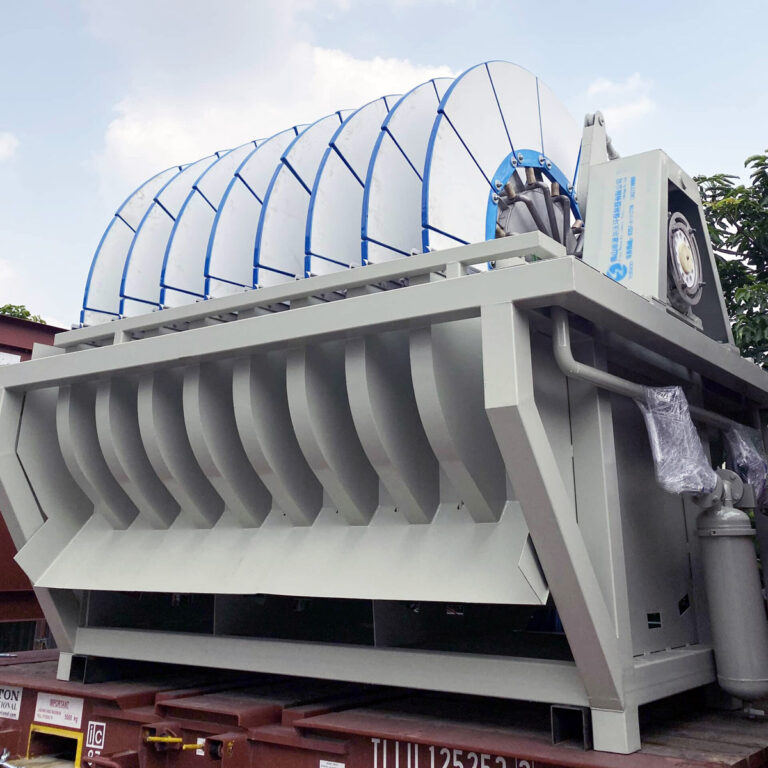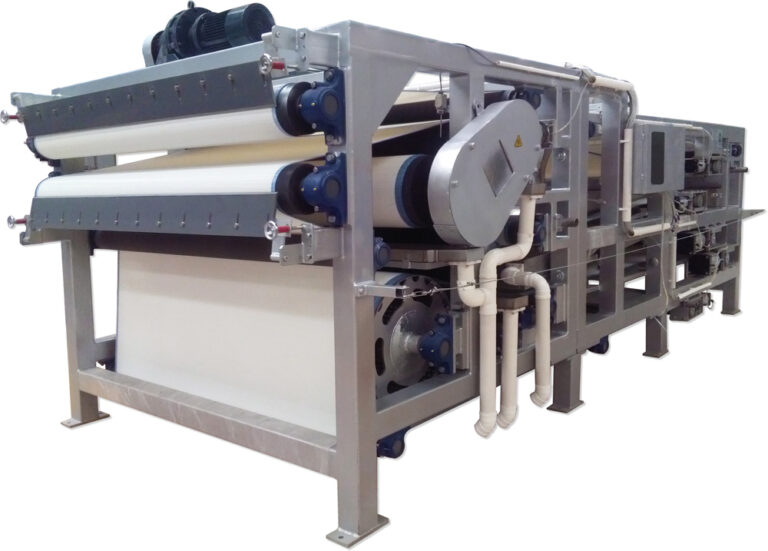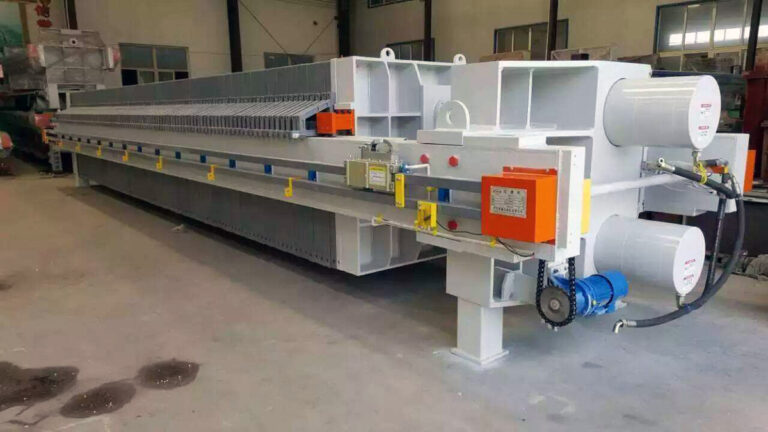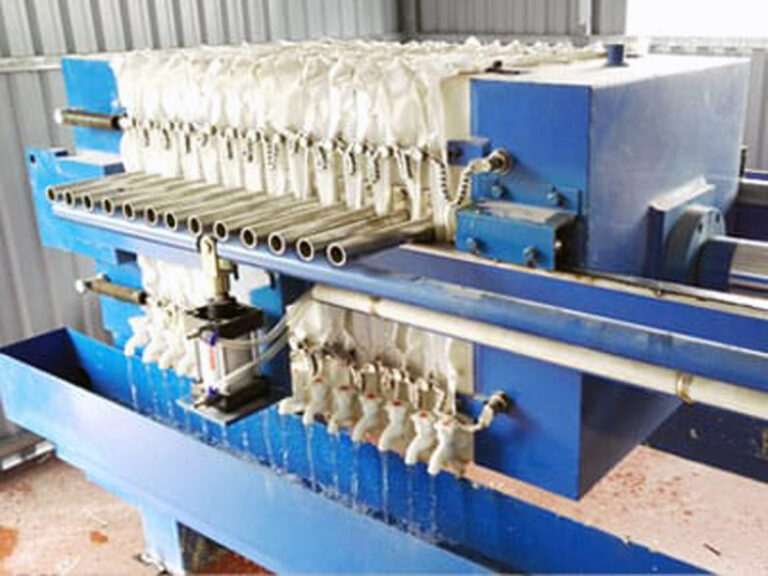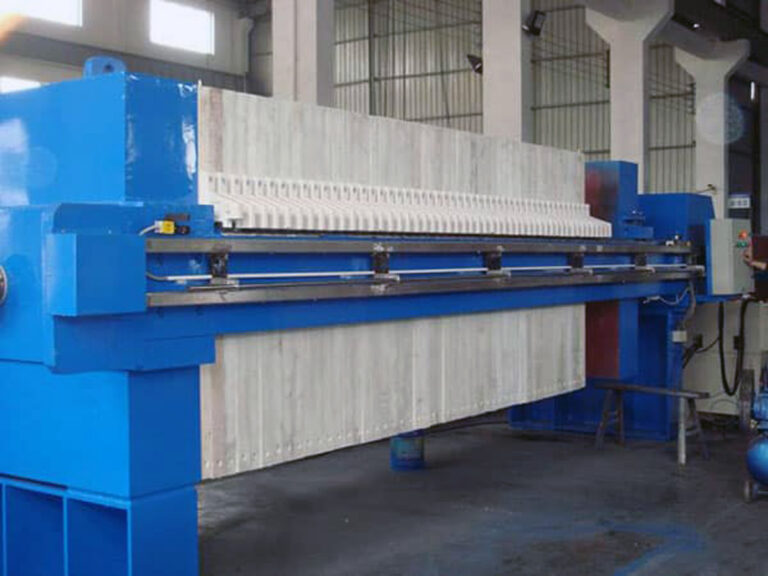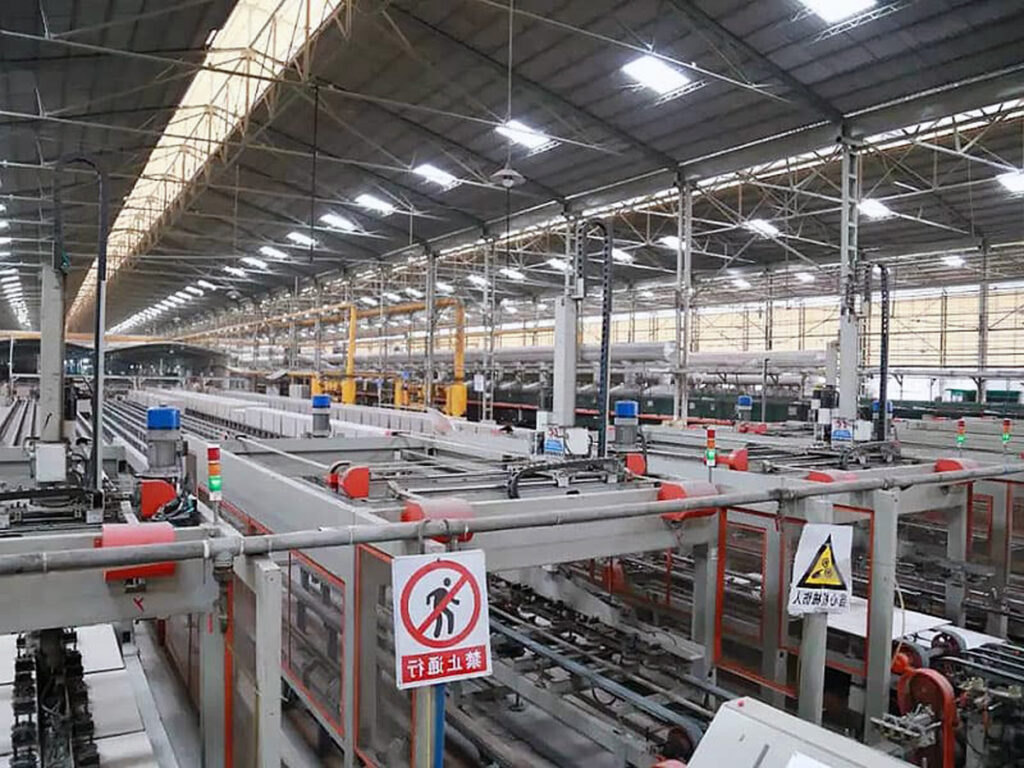Manufacturing facilities worldwide grapple with a persistent challenge: how to justify significant capital expenditures on industrial filtration systems while maintaining competitive operational costs. Recent industry surveys indicate that 73% of plant managers struggle to demonstrate clear filtration equipment ROI to stakeholders, despite understanding its operational necessity. This uncertainty often leads to delayed investments, resulting in escalating maintenance costs, reduced product quality, and regulatory compliance issues.
The consequences of postponing filtration system upgrades extend far beyond immediate budget concerns. Facilities operating with outdated or inadequate filtration face equipment downtime costs averaging $50,000 per hour in heavy manufacturing, while quality control failures can trigger costly product recalls and regulatory penalties. These reactive expenses often exceed proactive filtration investment costs by 300-400%.
This comprehensive analysis provides manufacturing decision-makers with proven methodologies for calculating filtration ROI, real-world case studies demonstrating measurable returns, and strategic frameworks for optimizing filter equipment investment outcomes. Whether you’re evaluating initial system installations or planning upgrades, these insights will enable data-driven investment decisions that deliver quantifiable business value.
What is Industrial Filtration Equipment ROI and Why Does It Matter?
Industrial filtration equipment ROI represents the financial return generated from investing in filtration systems, calculated by comparing operational savings and revenue improvements against initial and ongoing system costs. Unlike simple equipment purchases, filter equipment investment analysis requires evaluating multiple value streams including energy savings, maintenance reduction, product quality improvements, and regulatory compliance benefits.
Understanding filtration ROI matters because these systems often represent substantial capital expenditures—ranging from $50,000 for basic installations to over $2 million for comprehensive industrial setups. PORVOO specializes in helping manufacturers navigate these investment decisions through comprehensive filtration solutions.
Direct Financial Benefits
The most immediate ROI drivers include reduced energy consumption through optimized system efficiency, decreased maintenance costs from protecting downstream equipment, and extended equipment lifespan through contamination control. Modern filtration systems typically reduce energy consumption by 15-25% compared to legacy installations, while maintenance cost reductions average 30-40% annually.
Indirect Value Creation
Beyond direct cost savings, filtration systems create value through improved product quality, enhanced regulatory compliance, and reduced environmental impact. These factors often contribute 40-60% of total ROI but require sophisticated measurement approaches to quantify accurately.
How to Calculate ROI for Filter Equipment Investment?
Calculating filtration ROI analysis requires a systematic approach that captures both quantifiable savings and strategic value creation. The fundamental formula involves comparing total benefits against total costs over the system’s operational lifespan, typically 10-15 years for industrial installations.
Basic ROI Calculation Framework
| Cost Category | Annual Impact | Calculation Method |
|---|---|---|
| Energy Savings | $15,000-$75,000 | Baseline consumption vs. optimized performance |
| Maintenance Reduction | $25,000-$100,000 | Historical maintenance costs vs. projected requirements |
| Product Quality Improvement | $50,000-$200,000 | Reject rates, rework costs, warranty claims |
| Regulatory Compliance | $10,000-$50,000 | Avoided penalties, certification costs |
The calculation begins with establishing baseline operational costs including energy consumption, maintenance expenses, and quality-related losses. Next, project post-installation performance based on system specifications and manufacturer data. Finally, factor in installation costs, ongoing maintenance, and replacement intervals to determine net present value.
Advanced ROI Modeling
Sophisticated analyses incorporate variable factors such as production volume fluctuations, energy price volatility, and regulatory changes. Monte Carlo simulations can model ROI ranges under different scenarios, providing risk-adjusted return projections. In our experience, facilities using advanced modeling techniques achieve 20-30% better ROI outcomes through optimized system selection and operational strategies.
What Are the Primary Benefits Driving Filtration Equipment Returns?
Industrial filter returns stem from multiple operational improvements that compound over time. Understanding these benefit categories enables more accurate ROI projections and helps identify optimization opportunities throughout the system lifecycle.
Operational Efficiency Improvements
Modern filtration systems dramatically reduce energy consumption through advanced design features and intelligent control systems. Variable frequency drives, optimized flow patterns, and predictive maintenance capabilities typically deliver 20-35% energy savings compared to conventional systems. These improvements directly impact operational costs while enhancing system reliability.
A pharmaceutical manufacturing facility recently achieved 28% energy reduction after installing advanced filtration equipment, resulting in $180,000 annual savings. The system’s automated monitoring prevented three potential contamination events, avoiding estimated costs of $2.3 million in product losses and regulatory penalties.
Equipment Protection and Longevity
Filtration systems protect downstream equipment from contamination damage, extending operational life and reducing replacement frequency. Clean fluid systems experience 40-60% less wear on pumps, valves, and precision components. This protection translates to substantial cost avoidance—a single pump replacement can cost $50,000-$200,000 including installation and downtime.
Product Quality Enhancement
Quality improvements represent the often-overlooked ROI driver in filtration investments. Consistent contamination control reduces defect rates, minimizes rework costs, and enhances customer satisfaction. Manufacturing facilities typically see 15-25% improvement in first-pass quality rates after filtration system upgrades.
Which Factors Impact Filter System Profitability Most?
Several critical factors determine whether filter system profitability meets or exceeds projections. Understanding these variables enables better system selection and operational optimization strategies.
System Sizing and Specification
Proper system sizing significantly impacts long-term profitability. Oversized systems waste energy and increase maintenance costs, while undersized systems fail to deliver expected performance benefits. Industry data shows that 40% of filtration installations suffer from incorrect sizing, reducing ROI by 25-50%.
Operating Environment Considerations
Environmental factors including temperature, humidity, and contamination levels directly affect system performance and maintenance requirements. Harsh operating conditions may require more frequent filter replacements and system maintenance, impacting overall profitability.
| Environmental Factor | Impact on ROI | Mitigation Strategy |
|---|---|---|
| High Temperature | 15-25% increased maintenance | Heat-resistant components, enhanced cooling |
| Corrosive Atmosphere | 20-40% reduced equipment life | Specialty coatings, material upgrades |
| Heavy Contamination | 30-50% higher operating costs | Pre-filtration stages, automated cleaning |
Maintenance Program Quality
Proactive maintenance programs dramatically improve filtration system ROI through extended equipment life and optimized performance. Facilities with structured maintenance protocols achieve 35-45% better ROI compared to reactive maintenance approaches.
How Long Does It Take to See Returns on Industrial Filter Investment?
Payback periods for filtration equipment benefits vary significantly based on application, system complexity, and operating conditions. Most industrial installations achieve positive returns within 18-36 months, with full ROI realization occurring over 5-7 years.
Short-term Return Indicators
Energy savings typically become apparent within the first month of operation, providing immediate positive cash flow. Maintenance cost reductions usually manifest within 3-6 months as protective benefits prevent equipment damage. These early returns often cover 30-50% of initial investment costs within the first year.
Long-term Value Realization
The most substantial returns often emerge in years 2-5 as equipment protection benefits accumulate and quality improvements drive customer satisfaction. Extended equipment life and reduced replacement costs contribute significantly to long-term ROI, often representing 40-60% of total investment returns.
A recent case study from an automotive parts manufacturer showed 14-month payback on a $750,000 filtration system installation. Energy savings of $35,000 monthly, combined with 60% reduction in hydraulic system maintenance costs, exceeded initial projections by 25%.
What Are the Hidden Costs That Affect Filtration ROI Analysis?
Comprehensive filtration ROI analysis must account for often-overlooked costs that can significantly impact investment returns. These hidden expenses can reduce projected ROI by 20-40% if not properly considered during planning phases.
Installation and Integration Costs
Beyond equipment purchase prices, installation costs including electrical work, piping modifications, and system integration often add 25-40% to total project costs. Facilities with complex layouts or aging infrastructure may face additional expenses for structural modifications or utility upgrades.
Training and Operational Changes
Staff training requirements and operational procedure changes represent ongoing costs that affect long-term profitability. Proper training programs cost $5,000-$15,000 but prevent operational errors that could damage equipment or reduce efficiency.
Regulatory Compliance Expenses
While filtration systems often improve regulatory compliance, they may also trigger additional documentation requirements, periodic testing, or certification costs. These expenses typically range from $2,000-$10,000 annually but vary significantly by industry and jurisdiction.
How Do Different Industries Achieve Varying Filter Equipment Returns?
Industry-specific factors create substantial variation in filter equipment investment returns, with some sectors achieving payback periods under 12 months while others require 3-5 years for full ROI realization.
High-Return Industries
Pharmaceutical and food processing facilities typically achieve the fastest returns due to strict quality requirements and high contamination costs. These industries often see 150-300% ROI over 5-year periods, driven by quality improvements and regulatory compliance benefits.
Moderate-Return Applications
General manufacturing and chemical processing typically achieve solid returns through equipment protection and energy savings. ROI ranges from 75-150% over 5-7 years, with energy savings providing consistent returns throughout the system lifecycle.
Specialized Considerations
Some industries face unique challenges that affect ROI calculations. Aerospace manufacturing requires extremely high filtration precision, increasing system costs but also providing substantial quality benefits. Mining operations deal with harsh environments that reduce equipment life but create significant protective value.
What Common Mistakes Reduce Filtration Equipment Investment Success?
Understanding typical pitfalls helps maximize filtration equipment ROI through better planning and implementation strategies. These mistakes often reduce returns by 30-50% compared to optimal installations.
Inadequate System Analysis
Rushing into filtration system selection without proper analysis of existing conditions, contamination sources, and operational requirements leads to suboptimal results. Comprehensive system analysis should include contamination assessment, flow requirements, and integration considerations.
Ignoring Maintenance Requirements
Underestimating ongoing maintenance costs and requirements can significantly impact long-term profitability. Systems requiring frequent filter changes or specialized maintenance may have higher operating costs than initially projected.
Overlooking Integration Challenges
Failing to consider how new filtration systems integrate with existing equipment and processes can create unexpected costs and operational disruptions. Proper integration planning prevents costly modifications and ensures optimal system performance.
While filtration systems offer substantial ROI potential, success depends on careful planning, proper system selection, and ongoing optimization. Facilities that invest in comprehensive analysis and quality implementation typically achieve returns exceeding initial projections by 20-30%.
Conclusion
Industrial filtration equipment investments deliver measurable returns through energy savings, equipment protection, quality improvements, and regulatory compliance benefits. Successful implementations typically achieve 18-36 month payback periods with long-term ROI ranging from 75-300% depending on industry and application.
The key to maximizing filtration equipment ROI lies in comprehensive analysis, proper system sizing, and proactive maintenance programs. Facilities that invest in detailed planning and quality implementation consistently outperform those making hasty decisions, achieving returns that often exceed initial projections.
Future industry trends toward sustainability, automation, and predictive maintenance will likely enhance filtration system returns while creating new value streams. Smart filtration technologies and IoT integration promise to unlock additional optimization opportunities, potentially increasing ROI by 25-40% over traditional installations.
For manufacturers considering filtration system investments, the question isn’t whether these systems provide returns, but rather how to optimize implementation for maximum value creation. What specific operational challenges could advanced filtration technology address in your facility, and how might these improvements transform your competitive position?
Discover how industrial filtration equipment solutions can transform your operational efficiency and deliver measurable returns on investment through proven filtration technologies designed for demanding industrial applications.
Frequently Asked Questions
Q: What is Industrial Filtration Equipment ROI and why does it matter?
A: Industrial Filtration Equipment ROI (Return on Investment) measures the financial benefits gained from investing in filtration systems relative to their costs. It matters because it helps businesses understand how quickly their investment will pay off through savings in maintenance, energy, and improved product quality. A strong ROI means the equipment reduces operational expenses and boosts efficiency over time, justifying the initial capital outlay.
Q: How can Industrial Filtration Equipment improve cost savings in a facility?
A: Industrial filtration equipment reduces costs by:
- Extending the lifespan of machinery through protection from contaminants and wear
- Lowering maintenance and repair expenses due to less frequent breakdowns
- Decreasing chemical and energy consumption by improving process efficiency
- Preventing costly product recalls by ensuring higher product quality
Together, these factors contribute to a favorable Industrial Filtration Equipment ROI by cutting both direct and indirect operational costs.
Q: What factors should be considered in an Investment Analysis for industrial filtration equipment?
A: Key factors include:
- Initial purchase and installation costs of the filtration system
- Expected operational savings from reduced maintenance, chemical usage, and energy consumption
- Equipment lifespan extension and reduced downtime
- Compliance with regulatory standards, avoiding fines or shutdowns
- Potential revenue protection by maintaining product quality and avoiding recalls
Performing a thorough investment analysis with these points ensures a clear understanding of the Industrial Filtration Equipment ROI.
Q: How quickly can a business expect to see a positive ROI from industrial filtration systems?
A: The ROI period varies but often results in positive returns within 2 to 3 years. This timeframe depends on factors like the system’s quality, operational savings, and usage intensity. For example, a system that reduces chemical and energy costs significantly may pay for itself faster, followed by ongoing cost savings that improve profitability well beyond the initial investment period.
Q: What advanced metrics enhance the understanding of Industrial Filtration Equipment ROI?
A: Beyond basic cost savings, advanced metrics include:
- Micron rating and particulate retention efficiency impacting product quality
- Flow throughput capacity influencing operational efficiency
- Energy usage and sustainability metrics reflecting long-term cost and environmental benefits
- Impact on brand reputation and compliance risks quantified financially
Analyzing these technical and financial metrics offers a comprehensive view of ROI and investment impact.
Q: Why is investing in high-quality industrial filtration equipment a smart long-term decision?
A: High-quality filtration systems may require a higher upfront investment but provide long-term benefits by:
- Significantly reducing maintenance and operational costs
- Extending equipment lifespan and reducing replacement frequency
- Ensuring regulatory compliance and avoiding costly penalties
- Enhancing product quality and customer trust
These factors combine to create a compelling Industrial Filtration Equipment ROI and support sustainable business growth.
External Resources
- BIBO Cost Analysis | ROI Calculator for Filter Systems – BioSafe – Offers an in-depth cost and ROI analysis of industrial filtration systems, including quantification of contamination prevention, compliance cost benefits, and labor savings for pharmaceutical and industrial settings.
- Best Filtration Systems | ROI Analysis & Suppliers – PORVOO Clean – Provides comprehensive ROI calculations, supplier comparisons, and methodologies for selecting industrial filtration equipment, with insights into long-term value and operational efficiency gains.
- Calculating the ROI of a Process Analyzer – Fluid Handling Pro – Discusses how to calculate ROI for process analyzers used in industrial filtration environments, detailing cost-benefit analysis for safety, process control, and regulatory compliance.
- High-Efficiency Air Filter Cost Analysis | ROI Calculator Cleanroom – Reviews lifecycle expense and ROI strategies for industrial cleanroom filtration, emphasizing filter efficiency ratings, compliance, and maintenance cost predictions.
- Industrial Filtration System Cost Analysis and ROI Process – Explores financial analysis techniques, including total cost of ownership and payback period calculations, for industrial filtration equipment investments.
- Industrial Filtration ROI: Maximizing Value Through Investment Analysis – Examines investment analysis strategies for industrial filtration equipment, focusing on ROI metrics, risk mitigation, operational efficiency, and long-term cost savings.
